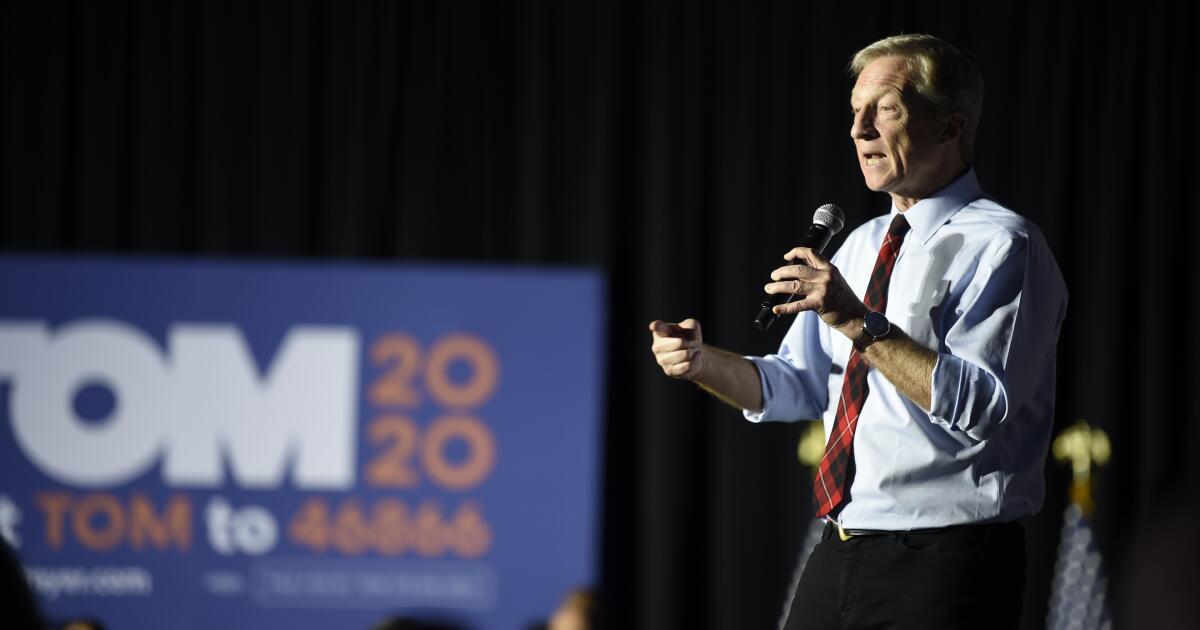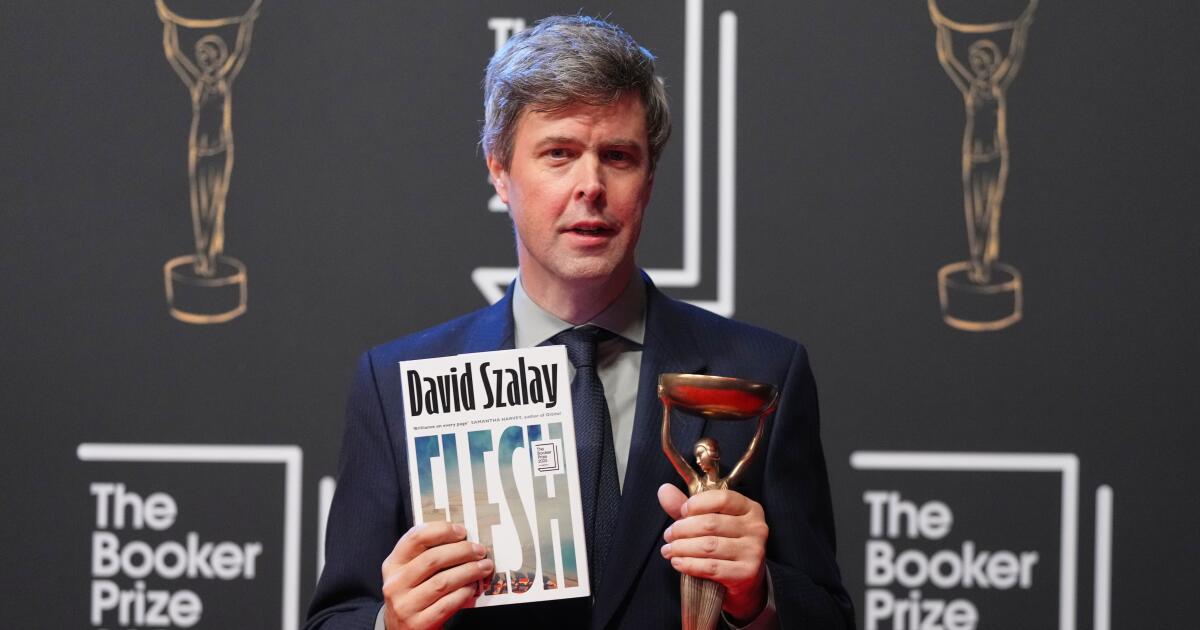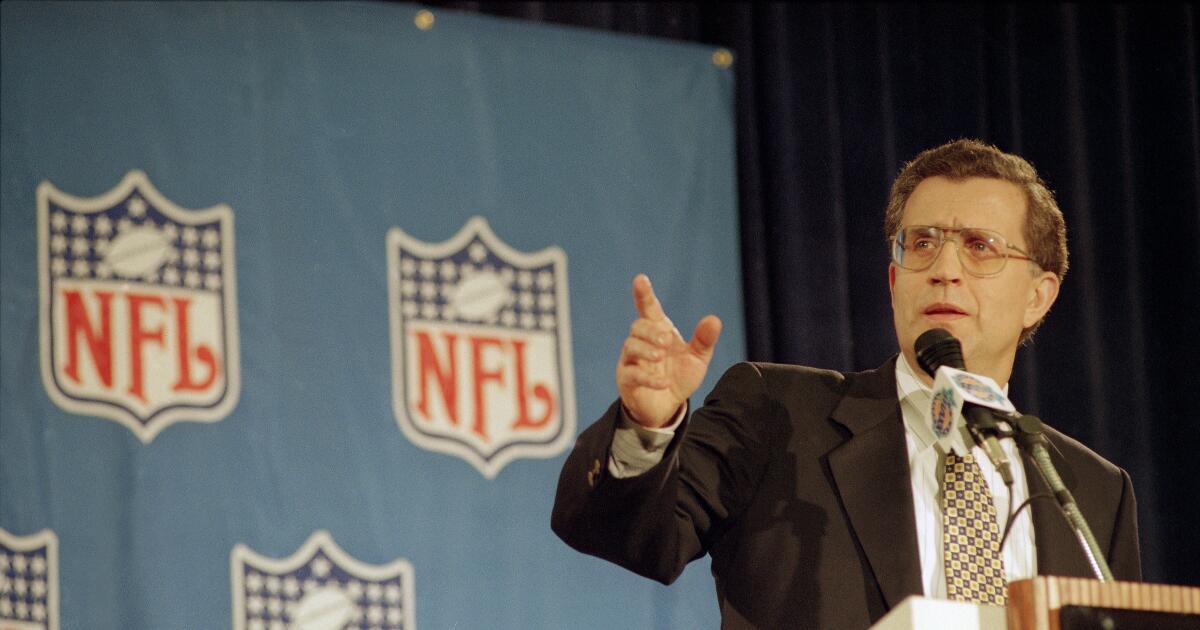Short, beautiful Southern California reads for our doomscrolling times
Amid the fusillade of terrible headlines this year, one pierced my nerdy heart.
“Enjoying this headline? You’re a rarity: Reading for pleasure is declining …” was the topper to a story by my colleague Hailey Branson-Potts in August. Pleasure reading among American adults fell more than 40% in two decades — a continuation of a trend going back to the 1940s.
I get it. We don’t want to read for fun when we’re trying to wade through the sewer of information we find online and make sense of our terrible political times. But as Tyrion Lannister, the wily hero of George R.R. Martin’s “A Game of Thrones” series, said, “A mind needs books as a sword needs a whetstone, if it is to keep its edge.”
So for my annual holiday columna recommending great books about Southern California, I’m sticking to formats that lend themselves to easier reading — bite-size jewels of intellect, if you will. Through essays, short stories, poems and pictures, each of my suggestions will bring solace through the beauty of where we live and offer inspiration about how to double down on resisting the bad guys.

“California Southern: Writing From the Road, 1992-2025” by LAist reporter Adolfo Guzman-Lopez.
(Gustavo Arellano / Los Angeles Times)
Adolfo Guzman-Lopez’s warm voice has informed Angelenos about arts, politics and education for 25 years on what was long called KPCC and now goes by LAist 89.3. What most listeners might not know is that the Mexico City native first earned acclaim as a founder of Taco Shop Poets, an influential San Diego collective that highlighted Chicano writers in a city that didn’t seem to care for them.
Guzman-Lopez lets others delve into that history in the intro and forerward to “California Southern: Writings from the Road, 1992-2025.” Reading the short anthology, it quickly becomes clear why his audio dispatches have always had a prose-like quality often lacking among public radio reporters, whose delivery tends to be as dry as Death Valley.
In mostly English but sometimes Spanish and Spanglish, Guzman-Lopez takes readers from the U.S.-Mexico border to L.A., employing the type of lyrical bank shots only a poet can get away with. I especially loved his description of Silver Lake as “two tax brackets away/From Salvatrucha Echo Park.” Another highlight is contained in “Trucks,” where Guzman-Lopez praises the immigrant entrepreneurs from around the world who come to L.A. and name their businesses after their hometowns.
“Say these names to praise the soil,” he writes. “Say these names to document the passage. Say these names to remember the trek.”
Guzman-Lopez has been doing readings recently with Lisa Alvarez, who published her first book, “Some Final Beauty and Other Stories,” after decades of teaching English — including to my wife back in the 1990s! — at Irvine Valley College.
The L.A. native did the impossible for someone who rarely delves into made-up stories because the real world is fantastical enough: She made me not just read fiction but enjoy it.
Alvarez’s debut is a loosely tied collection centered on progressive activists in Southern California, spanning a seismic sendoff for someone who fought during the Spanish Civil War and a resident of O.C.’s canyon country tipping off the FBI about her neighbor’s participation in the Jan. 6 U.S. Capitol riot.

Author, activist and Irvine Valley College professor Lisa Alvarez holds a copy of her short story collection “Some Final Beauty and Other Stories.”
(Don Leach / Daily Pilot)
Most of the protagonists are women, brought to life through Alvarez’s taut, shining sentences. Memories play a key role — people loved and lost, places missed and reviled. A nephew remembers how his uncle landed in an FBI subversives file after attending a Paul Robeson speech in South L.A. shortly after serving in the Navy in World War II. An L.A. mayor who seems like a stand-in for Antonio Villaraigoisa considers himself “the crafty and cool voice of one who sees his past and future in terms of chapters in a best-selling book” as he tries to convince a faded movie star to come down from a tree during a protest.
To paraphrase William Faulkner about the South, the past is never dead in Southern California — it isn’t even past.
While Alvarez is a first-time author, D.J. Waldie has written many books. The Livy of Lakewood, who has penned important essays about L.A. history and geography for decades, has gathered some of his recent efforts in “Elements of Los Angeles: Earth, Water, Air, Fire.”
A lot of his subjects — L.A.’s mother tree, pioneering preacher Aimee Semple McPherson, the first Hass avocado — are tried-and-true terrain for Southern California writers. But few of us can turn a phrase like Waldie. On legendary Dodger broadcasters Vin Scully and Jaime Jarrín, he writes, “The twin cities of Los Angeles and Los Ángeles, evoked by [their] voices … may seem to be incommensurate places to the unhearing, but the borders of the two cities are porous. Sound travels.”
Man, I wish I would have written that.
“Elements of Los Angeles” is worth the purchase, if only to read “Taken by the Flood,” Waldie’s account of the 1928 St. Francis Dam disaster that killed at least 431 people — mostly Latinos — and destroyed the career of L.A.’s water godfather, William Mulholland. The author’s slow burn of the tragic chronology, from Mulholland’s famous “There it is. Take it” quote when he unleashed water from the Owens Valley in 1913 to slake the city’s thirst, to how L.A. quickly forgot the disaster, compounds hubris upon hubris.
But then, Waldie concludes by citing a Spanish-language corrido about the disaster: “Friends, I leave you/with this sad song/and with a plea to heaven/For those taken by the flood.”
The ultimate victims, Waldie argues, are not the dead from the St. Francis Dam but all Angelenos for buying into the fatal folly of Mullholland’s L.A.
“Elements of Los Angeles” was published by Angel City Press, a wing of the Los Angeles Public Library that also released “Cruising J-Town: Japanese American Car Culture in Los Angeles.”
Cal State Long Beach sociology professor Oliver Wang offers a powerhouse of a coffee table book by taking what could have easily sold as a scrapbook of cool images and grounding it in the history of a community that has seen the promise and pain of Southern California like few others.
We see Japanese Americans posing in front of souped-up imports, reveling in SoCal’s kustom kulture scene of the 1960s, standing in front of a car at a World War II-era incarceration camp and loading up their gardening trucks at a time when they dominated the landscaping industry.
“One can read entire histories of American car culture and find no mention of Japanese or Asian American involvement,” Wang writes — but that’s about as pedantic as “Cruising J-Town” gets.
The rest is a delight that zooms by like the rest of my recs. Drop the doomscrolling for a day, make the time to read them all and become a better Southern Californian in the process. Enjoy!








